Introduction to Tirthan Valley
Tirthan Valley, nestled into the lap of the Himalayas, is one of the pristine and scenic destinations in Himachal Pradesh. Known for its untouched natural beauty, crystal-clear rivers, and rich biodiversity, this valley offers a break from the hustle-bustle of city life. Situated about 500 kilometers from Delhi, Tirthan Valley lies in the Kullu district, serving as an entry point for the Great Himalayan National Park, a UNESCO World Heritage Site.
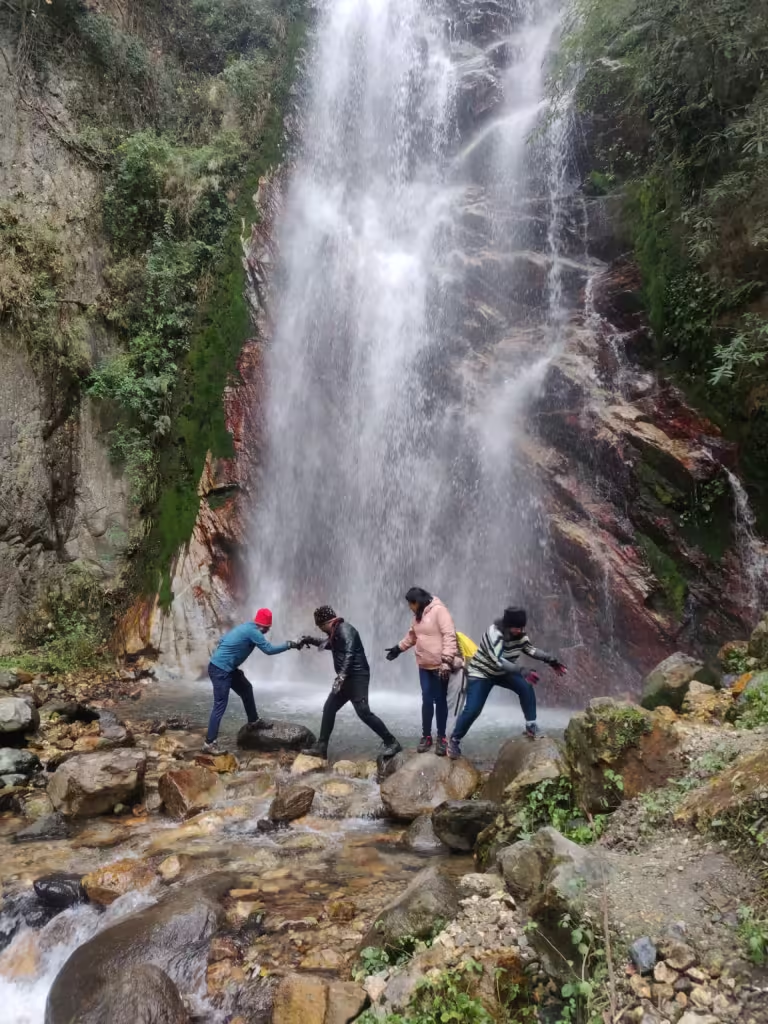
Tirthan Valley is largely unexplored just like some of the very popular destinations in Himachal, which makes it a haven for nature lovers, adventure enthusiasts, and peace-seeking travelers. The name of the valley is derived from the Tirthan River flowing through it. It has a soothing backdrop for visitors. The valley promises much for those interested in either a peaceful retreat or an adventure-filled or culture-drenched vacation.
Best Time to Visit Tirthan Valley
Best time to visit Tirthan Valley depends on what experience you are looking for. Every season has its charm. Pleasant summers begin in the month of March to June; it is perfect for trekking, fishing, and camping. At this time, clear skies with mild temperature are absolutely ideal for outside activities. The valley at full bloom is best encountered in April and May with wildflowers in sparkling vivid colors.

Monsoons bring a lush green appearance during July to September that can be really heavy-the landslides happen and it becomes an issue of traveling. If you’re looking for seclusion in misty scenarios, then the monsoon has its appeal.
Autumn (October to November) is another great time with hues of gold everywhere in the valley, and slightly cool weather makes the treks pleasant. Winter (December to February) turns Tirthan into a snow wonderland. It might be pretty nipping though; it is apt for the lovers of snow as well as people who want to relish the silence created by the snow-capped peaks.
How to Reach Tirthan Valley
Getting to Tirthan Valley itself becomes a revelatory experience, as the road trip boasts of wonderful mountain views.
By Road: The most obvious route is by road, taking some 12 hours of driving, or 500 km of distance, coming from Delhi. From here, it’s best taken through the Chandigarh route connected to Mandi and then into Banjar that leads the nearest town up to Tirthan valley. It is available here from places like Chandigarh, Manali, and Shimla by either private taxi or state bus or driving one’s self-driven cars.
By Air: The nearest airport is that of Bhuntar, which is situated 50 kilometres from Tirthan Valley. Flights to Bhuntar are scarce. The other close airports are Chandigarh and Kullu-Manali airport. From either of these airports you can hire a taxi or board a bus up to the valley.
By Train: The nearest railway station is Joginder Nagar, which is 100 kilometres from Tirthan Valley. From the railway station, a taxi can be hired or local bus taken to reach the valley. One can also take trains from Chandigarh and Ambala for better connectivity to main Indian cities.
Top Attractions in Tirthan Valley
Tirthan River

Tirthan River flows through the valley’s center and is essentially the lifeblood of the area. Its crystal-clear waters also gush gloriously and boast ideal trout fishing and picnics beside the riverside or a refreshing swim in its icy cold waters.
Great Himalayan National Park

Great Himalayan National Park is a UNESCO World Heritage Site as well. Its uniqueness will take you on a journey to discover the treasure trove of biodiversity. The snow leopard, Himalayan tahr, and Western Tragopan are just some of the rare species that exist here. Nature lovers will love bird watching as there are over 200 species of birds here.
Serolsar Lake
Serolsar Lake is a high-altitude lake, not so far away from Jalori Pass, located amidst thick forests. One of the most popular trekking places, the fabulous beauty of this lake combined with legends surrounding it makes it indispensible.
Jalori Pass
Jalori Pass stands over 10,000 feet above sea level. It offers breathtaking views of the surrounding Himalayan ranges. Waterfall abounds in the valley and it’s a popular one. Secluded places are also situated and there are many more which could be discovered offbeat like this. Gushaini is a popular waterfall cascades, small cascades hidden deep inside the forests.
It is an ideal place for snow trekking, covered with thick snow during winters.
Adventure Activities in Tirthan Valley
Trekking in Tirthan Valley
The valley offers great opportunities to be a trekker, from short and short-long treks, up to experienced treks like beginners going to the Great Himalayan National Park, as well as serious thrill-lovers taking strolls towards Raghupur Fort which requires steep ascents, along with eye-pleasing views.
Trout fishing
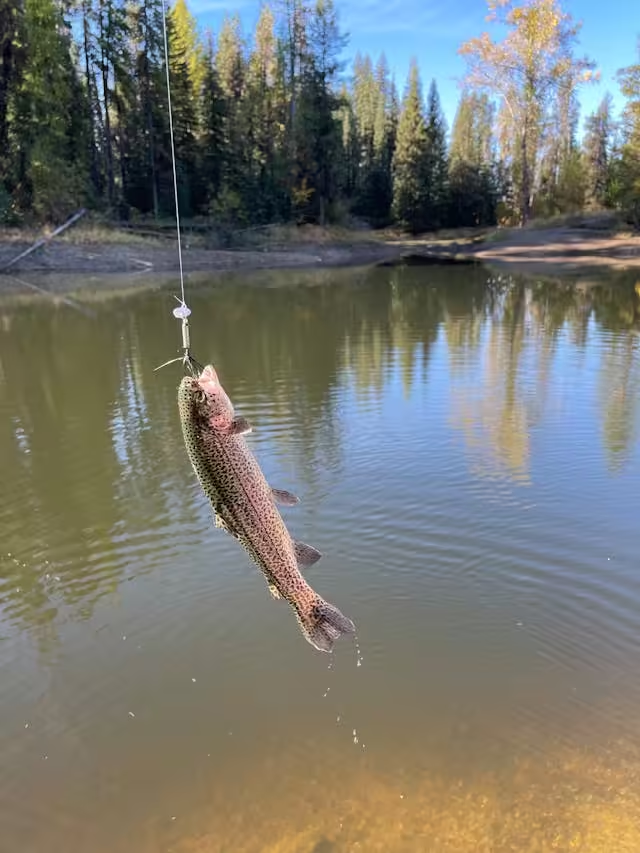
The valley offers wonderful trout fishing, and the streams are dotted all over. While one needs permission to fish, the local guide can also make arrangements for that. Thus it’s a great relaxing yet engagingly outdoor escapade.
Camping in Tirthan Valley
If one wants to experience the valley in all its raw beauty, camping is the best option. There are several campsites by the riverside where one can sleep under the stars with the sound of the river as his lullaby.
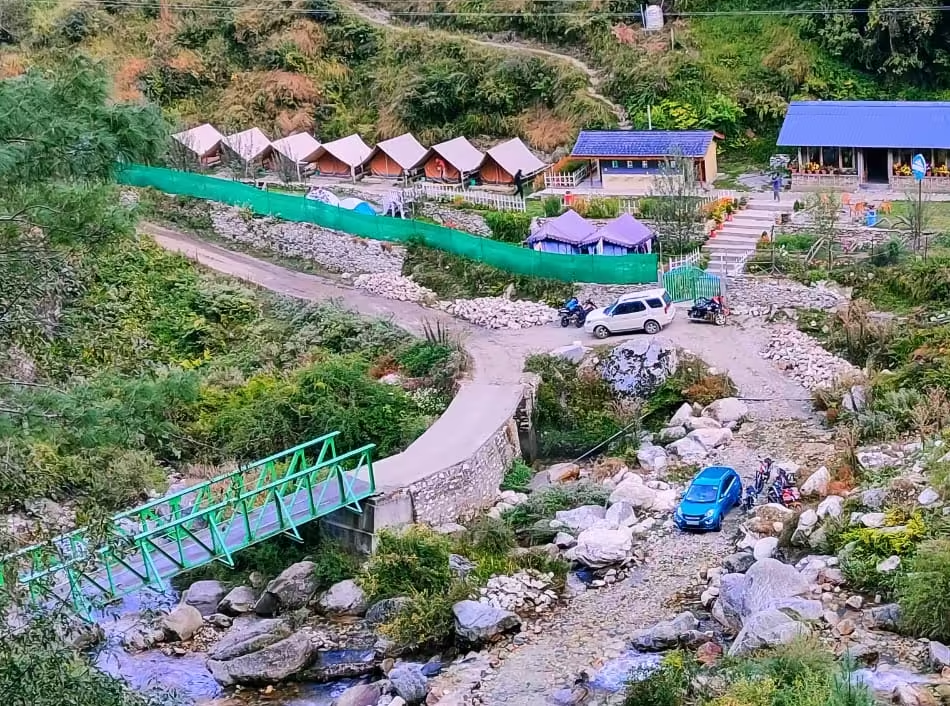
Wildlife Exploration
Doorstep to the Great Himalayan National Park; it’s yet another reason for the wildlife enthusiasts to explore the rich flora and fauna of the region. Guided tours and treks to see Himalayan wildlife in their natural living environment are available in this park.
Cultural and Local Experiences
Visiting Tirthan Valley also encompasses being involved with the local Himachali culture. The valley’s small villages like Gushaini and Nagini give a glimpse of the traditional Himachali way of life.
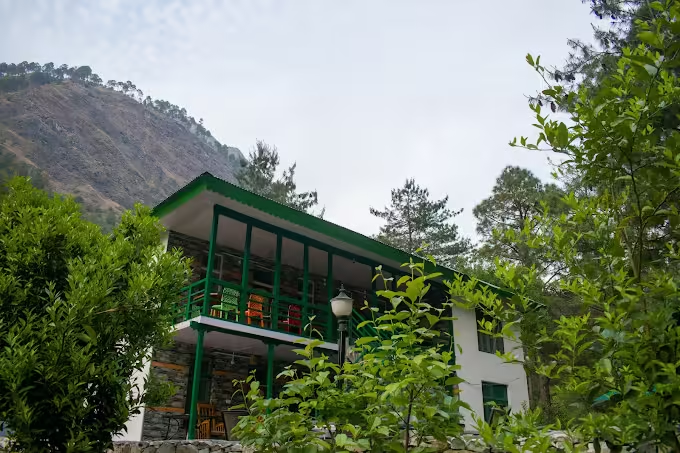
Villages and Homestays in Tirthan Valley
A homestay in a local village provides a very authentic cultural experience. The hospitality of the locals is one of the best experiences in the trip. One can interact with the villagers, learn about their culture, and even participate in agricultural activities carried out locally.
Festivals and Traditions
The locals celebrate many festivals and have traditional music and dances. Colorful dresses add colors to this wonderful festival that make the locality worthwhile to visit. Do not miss one if there is one when you visit.
Tirthan Valley Accommodation Options
Accommodation in Tirthan Valley varies from a rugged homestay to a more refined hotel. Homestays are the most sought form of accommodation, providing better insight into the local culture and way of life. A homestay is always a family-run affair, where traditional home-cooked meals may include local Himachali delicacies.
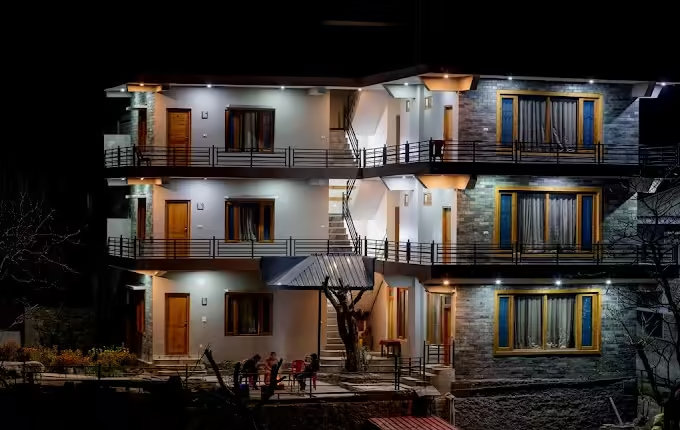
For adventure-seekers, campsites along the Tirthan River offer a more immersed experience in nature. Small guesthouses and hotels are also available for tourists, which combine comfort with local charm.
Also Read: Discover the Beauty of Spiti Valley: A Travel Guide for Offbeat Travelers
Food and Cuisine of Tirthan Valley
The food of Tirthan Valley is a great reflection of Himachali culture. Local favorites include dishes such as Siddu, steamed bread filled with poppy seeds, and Chana Madra, chickpea curry in yogurt sauce.
Most homestays serve authentic Himachali food, that is mostly prepared with home-grown ingredients from local farm-fresh produce. Those who are staying at hotel or camping can have plain but tasty food, as for example, Rajma-Chawal (kidney beans and rice) as well as Dham prepared in a feast manner during festive seasons.
Packing Tips for Tirthan Valley

The packing for Tirthan depends on the season it is visited. During summers, light cotton clothing with trekking shoes and loads of sunscreen form the crux. In the case of winters, layers of woolen clothing, waterproofing jackets, and gloves to protect the hands must carry. If you are trekking, a sturdy backpack full of water bottles and essentials of a basic first-aid kit can be used.
Tirthan Valley offers a mix of natural beauty, adventure, and cultural immersion that few places can boast. From trekking in the Great Himalayan National Park to catching trout in the river and just lazing around in one of the peaceful village homestays, Tirthan Valley has everything going for it to make this an unforgettable experience. And the more people discover it, the more necessary embracing sustainable travel practices becomes, lest its charm is lost for years.




